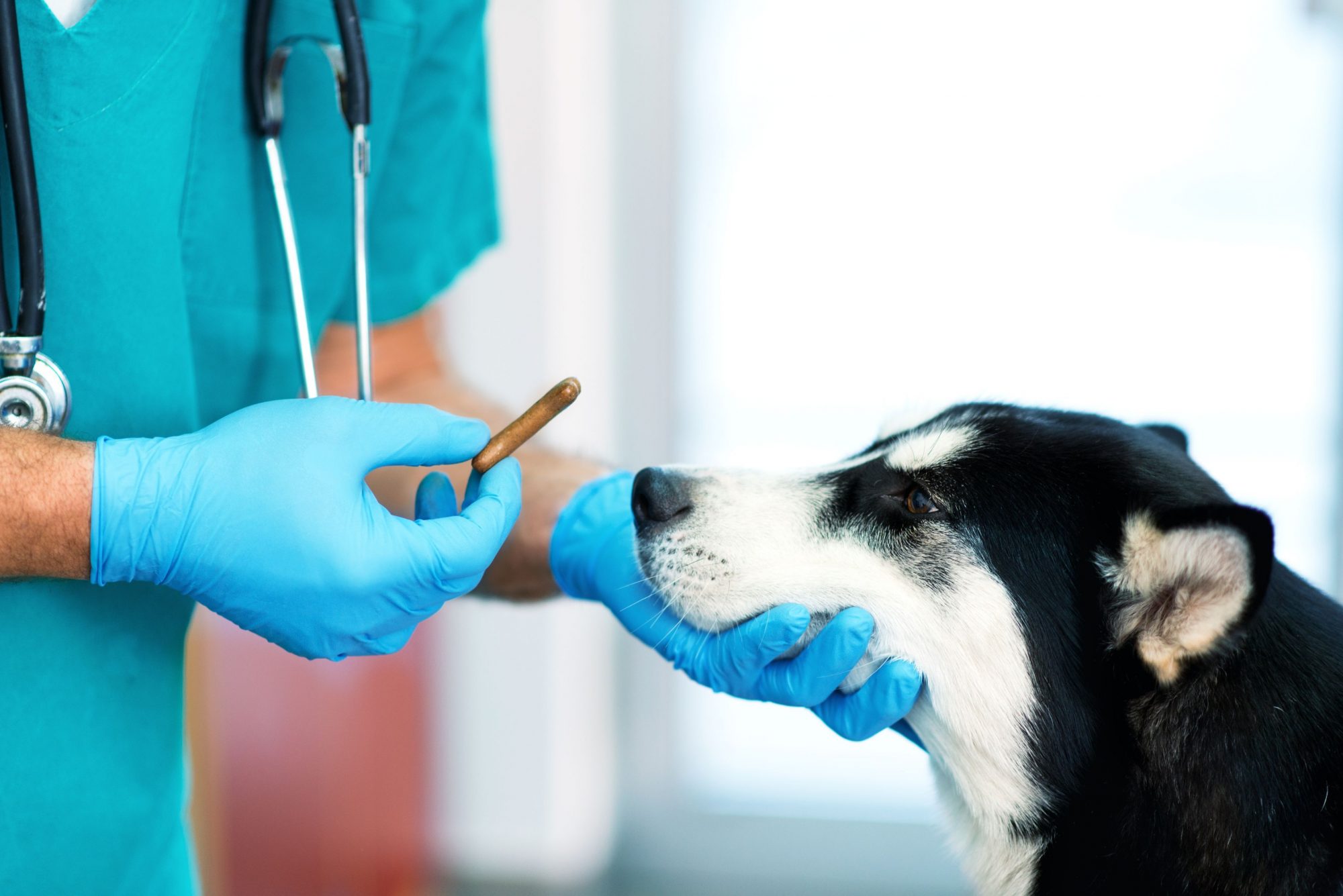Make Your Own Pill Pockets

Getting pets to take pills is no picnic—with cats probably outranking canines when it comes to level of difficulty. Pill pockets can help the medicine go down, but eventually, your pet might get wise to what you’re doing, and you’ll have to pivot your strategy. If that happens, try making your own pill pockets! It’s fun; you’ll save money; and you can occasionally switch-up the flavor and texture to keep your pet interested in eating this special “treat.”
Thanks to Pinterest and other social media sites, there are plenty of recipes for DIY pill pockets to choose from. Most recipes simply call for mixing a moist ingredient (like almond butter) with a thickening agent (like flour), and molding it into tiny morsels, making a cavity with a straw, and chilling (or sometimes baking depending upon the ingredients) until firm.
Check out the tasty suggestions for DIY pill pockets for cats and pill pockets for dogs from our team at Marketplace Veterinary Hospital.
Pill Pockets for Cats
Trying pairing two of these ingredients to make DIY pill pockets for cats:
- Coconut oil
- Peanut butter (make sure it is free from xylitol)
- Tuna or sardines
- Canned pumpkin
- Cream cheese
- Flour
- Coconut flour
Pill Pockets for Dogs
Ingredients commonly used to make DIY pill pockets for dogs include:
- Ground beef
- Xylitol-free peanut butter
- Chicken broth
- Canned pumpkin
- Eggs
- Plant-based milk
- Quick oats
- Rice flour, almond flour, or oat flour (some dogs have food sensitivities to the wheat in all-purpose flour)
Other Ways to Mask the Taste of Medication
Sometimes, concealing a pill can be as simple as surrounding it with a dollop of one of your pet’s favorite “treat foods.” Never crush a pill without first consulting with your veterinarian.
Try hiding a pill inside a bite-sized serving of the following:
- Xylitol-free peanut butter (xylitol ingestion is a veterinary emergency)
- Canned tuna
- Hot dog
- Banana
- Cooked sweet potato
- Cooked meat
- Cooked penne pasta
- Cubed cheese
We’re Here to Help
When your pet needs medication, whether it’s a short course of treatment for a temporary illness or daily meds for an ongoing condition like hyperthyroidism, it’s extremely important to adhere to your pet’s recommended dosage and frequency. Please let us know if you’re having trouble administering your pet’s medications. Some medications are available in other forms (such as liquids), which might be easier for you to give to your pet.
We’re here to support your pet’s ongoing health with comprehensive wellness and preventive care, and treatment for illnesses when they arise. Please contact us if you need more tips for administering medications to your pet.

